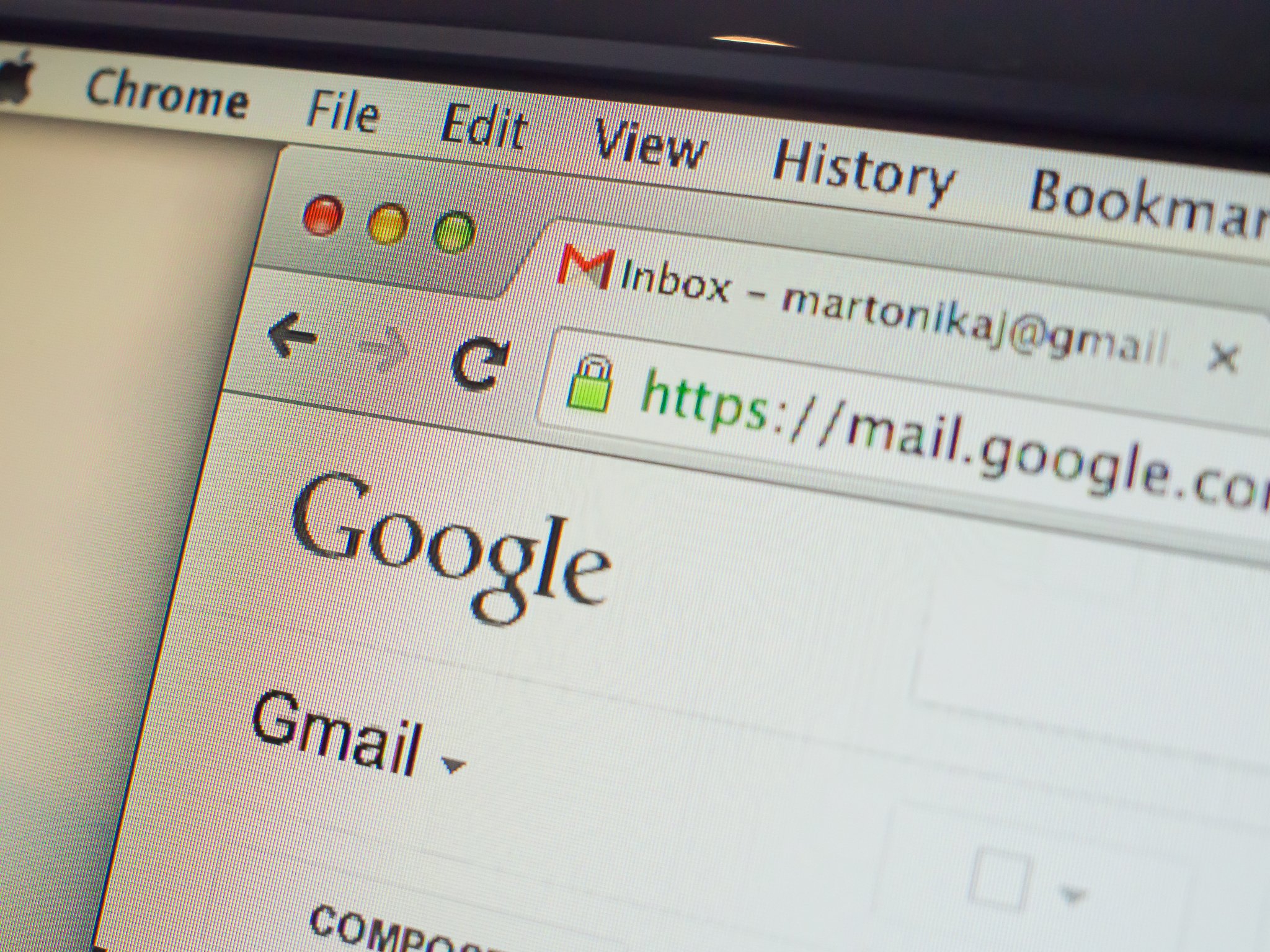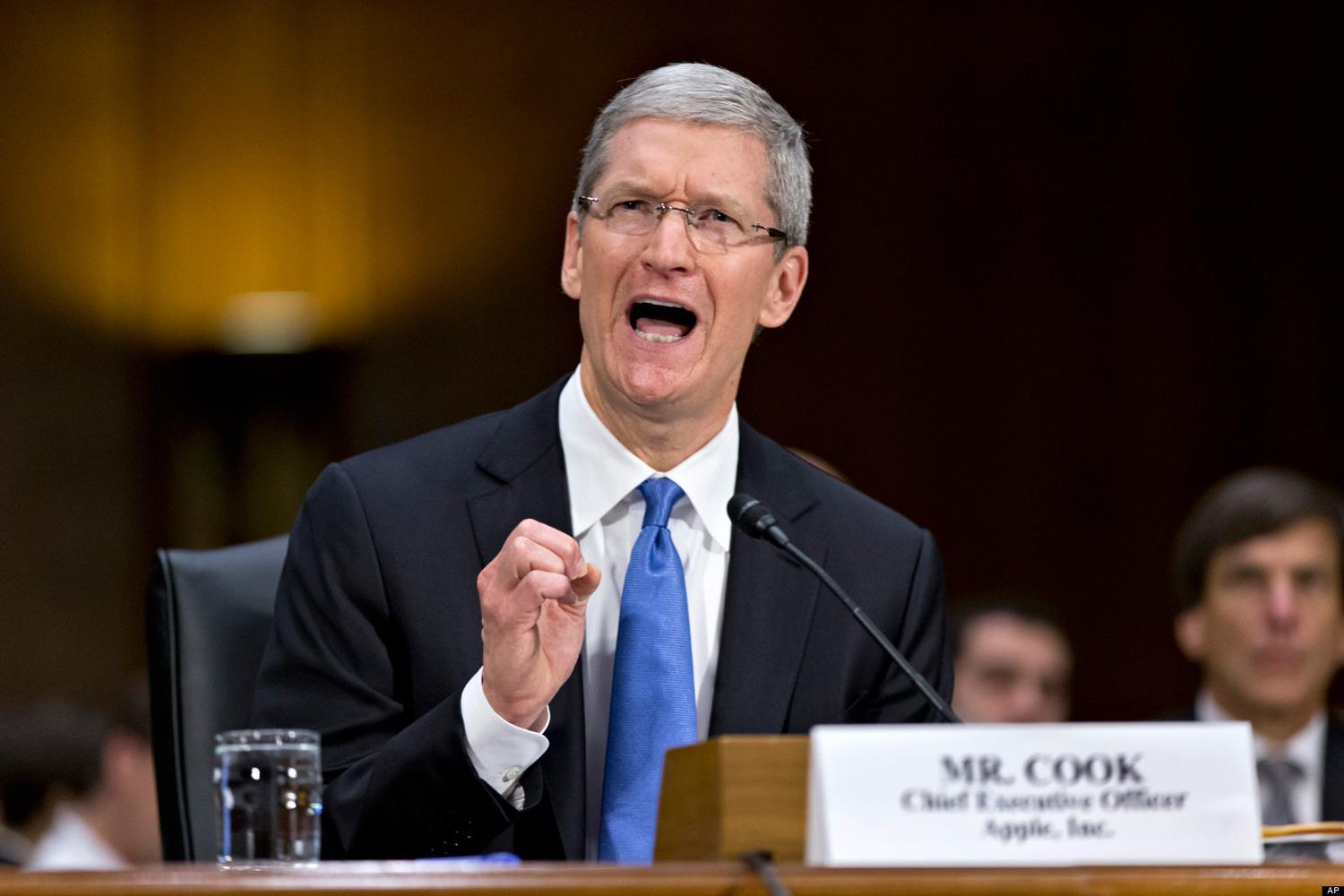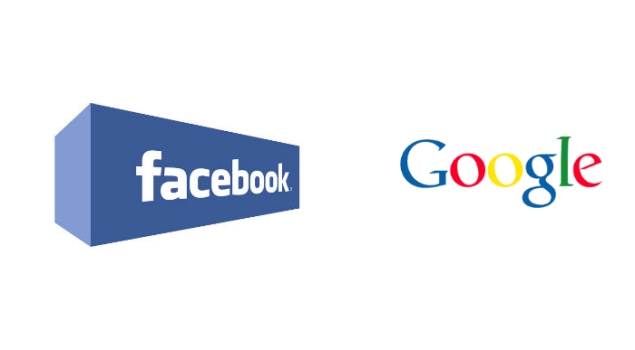
The high of the smartphone and tablet revolution is wearing off and consumers and the tech industry need a fix.
Sales of mobile devices are still growing but quickly leveling off.
Older gadgets like PCs are on the decline. Meanwhile, the technology
industry is rushing to figure out what the next big game changer will
be.
Major companies are betting big on small, wearable devices.
Google (GOOG, Fortune 500) on Tuesday announced a new version of its Android mobile operating system crafted just for wearable devices.
Called Android Wear, the OS will first appear on watches, and
eventually it will act as the company's platform for all types of
wearable devices.
Wearables represent a broad category that can include fitness trackers,
smart glasses, smartwatches, clothing with embedded sensors, tattoos
and even ingestible pills that gather data while zig zagging their way
through your lower intestine.
Most wearables are not meant to replace smartphones. Instead, they
work as satellite devices that amass useful data or relay notifications
from a primary mobile device. If they have screens, they can display
simplified versions of mobile apps.
Big companies and scrappy startups alike all been working on their
own wearable designs. The barrier to entry is low thanks to cheap
sensors and excited crowdfunding and venture capital backers. But
building upon an existing mobile operating system like Android or
Apple's (AAPL, Fortune 500)
iOS to wearables could speed up mass adoption, since app makers could
tweak their existing apps rather than write entirely new ones.
Google beat Apple to the punch with its Android Wear announcement
(for years, rumors have swirled that Apple is working on its own
smartwatch). Google said it is working with equipment manufacturers such
as Samsung, LG and Motorola to design watches that will use the Android
software.
Wearables are a big bet -- one that will likely result in a lot of
early failures. Google Glass, for instance, started as an exciting
futuristic product and has become an overhyped niche gadget with a
public relations problem (and it's still in beta).
Smartwatches might be less controversial, but that doesn't mean
there's a demand for them -- or many other wearables -- just yet.
"Right now there is a hype bubble around wearables," said J.P. Gownder of Forrester Research.
Gownder predicts that 80% to 90% of current wearable products will
fail but the category itself will succeed in the long run. The last
gadgets standing might bear little resemblance to the early experiments
we're seeing now. For example, smart glasses could take off for
businesses and focus on augmented reality displays, while the
consumer-targeted, at-a-glance Google Glass peters out.
In 2014, 90 million wearable devices will ship around the world,
according to ABI Research. The early wearable successes stories are sports, fitness and wellness devices
followed by healthcare technology. ABI's Joshua Flood says the reason
sports and related wearable devices have taken the early lead is that
their features and benefits are clear.
The usefulness of smartwatches, however, is still fuzzy. With the
right sensors, watches can act as beefed up fitness trackers. The
addition of a screen can save the wearer an arduous trip to their pocket
to look at their smartphone. Microphones and Google's voice control
technology can make a watch into a mini Siri-like device.
None of the use cases are exactly earth shattering, and for all the
attention the idea receives, there has yet to be a hit smartwatch
design.
"It is still unclear whether this device type will clear out a reasonable market for itself," said Flood.
Yet watches are familiar to consumers, and they could be a necessary
bridge device from fancy pedometers to some of the more "out-there"
wearables.
"Some of them require a significant amount of social change," said Forrester's Gownder.
One day, a wearable device might confirm your unique walk or
heartbeat and act as a form of unique identification, similar to a
fingerprint sensor. When you walk into a store, it could transmit
information about your size and clothing preferences to a beacon, and
when you walk out it could charge you automatically.
Those gadgets may be the big technology wave of the future. For now, watches represent the first baby step.

Those gadgets may be the big technology wave of the future. For now, watches represent the first baby step.







 Alex Kibkalo worked for Microsoft for seven years and left the company after apparently receiving a poor performance review.It is easy to take for granted leaks of information about upcoming
products, especially in the tech world, and particularly in the consumer
mobile space. Such decisions made by people need to take reality into
account, however, and that reality is that companies would prefer that
such confidential information remain confidential.
Alex Kibkalo worked for Microsoft for seven years and left the company after apparently receiving a poor performance review.It is easy to take for granted leaks of information about upcoming
products, especially in the tech world, and particularly in the consumer
mobile space. Such decisions made by people need to take reality into
account, however, and that reality is that companies would prefer that
such confidential information remain confidential.
 China Mobile has announced that it has sold roughly 1.3 million 4G-enabled smartphones since mid-January.
The largest mobile carrier in the world said that most of these,
roughly a million, were iPhones. However, Apple might be somewhat far
from its goal of selling between 15 and 16 million iPhones in China this
year. As you might remember, China Mobile sells iPhones as a result of
the deal, signed with the Cupertino company back in December 2013.
China Mobile has announced that it has sold roughly 1.3 million 4G-enabled smartphones since mid-January.
The largest mobile carrier in the world said that most of these,
roughly a million, were iPhones. However, Apple might be somewhat far
from its goal of selling between 15 and 16 million iPhones in China this
year. As you might remember, China Mobile sells iPhones as a result of
the deal, signed with the Cupertino company back in December 2013.
 It seems like 80% of the news that we get about BlackBerry these days is
bad news for the company, while the other 20% is the current CEO
talking about plans to save the company. This story falls into the
former category, because one of the most high-profile clients on the
BlackBerry roster, the White House, is considering ditching the platform
for Android.
It seems like 80% of the news that we get about BlackBerry these days is
bad news for the company, while the other 20% is the current CEO
talking about plans to save the company. This story falls into the
former category, because one of the most high-profile clients on the
BlackBerry roster, the White House, is considering ditching the platform
for Android. April 2nd is when should see Microsoft on stage at Build presenting all the goodness that is expected with Windows Phone 8.1.The latest rumor, apparently coming from reliable sources, is saying we
will indeed see new hardware introduced by Nokia at the Microsoft Build
developer conference in two weeks’ time.
April 2nd is when should see Microsoft on stage at Build presenting all the goodness that is expected with Windows Phone 8.1.The latest rumor, apparently coming from reliable sources, is saying we
will indeed see new hardware introduced by Nokia at the Microsoft Build
developer conference in two weeks’ time.





 Book called "Haunted Empire, Apple After Steve Jobs,"
which was about the troubles Apple CEO Tim Cook had in escaping the
rather long shadows cast by the late Steve Jobs. The book portrayed
Steve Jobs as someone who made decisions based on a gut feeling, while
Cook uses numbers and traditional analysis in coming to a business
decision.
Book called "Haunted Empire, Apple After Steve Jobs,"
which was about the troubles Apple CEO Tim Cook had in escaping the
rather long shadows cast by the late Steve Jobs. The book portrayed
Steve Jobs as someone who made decisions based on a gut feeling, while
Cook uses numbers and traditional analysis in coming to a business
decision. 
 Sofica Speedcam is an online service that measures how fast the camera
is on a smartphone. And that is where an anonymous person decided to
test the unannounced Nokia Lumia 630,
aka the RM-974. The test confirmed that the device is powered by
Windows Phone 8.1 (build 8.10.12324.0). And with previous rumors on
Thursday speculating that both the
Sofica Speedcam is an online service that measures how fast the camera
is on a smartphone. And that is where an anonymous person decided to
test the unannounced Nokia Lumia 630,
aka the RM-974. The test confirmed that the device is powered by
Windows Phone 8.1 (build 8.10.12324.0). And with previous rumors on
Thursday speculating that both the 






 Besides messaging app BBM, BlackBerry has another potential crown jewel
in BES 10. The Mobile Device Management (MDM) system allows corporations
to control a fleet of smartphones. Because the enterprise requires more
from MDMs now than ever before, BlackBerry says that the Pure Play MDMs
are dying. The Canadian manufacturer says that capabilities like email
syncing and remote wiping of lost devices, are no longer good enough to
sell an MDM system to a corporation.
Besides messaging app BBM, BlackBerry has another potential crown jewel
in BES 10. The Mobile Device Management (MDM) system allows corporations
to control a fleet of smartphones. Because the enterprise requires more
from MDMs now than ever before, BlackBerry says that the Pure Play MDMs
are dying. The Canadian manufacturer says that capabilities like email
syncing and remote wiping of lost devices, are no longer good enough to
sell an MDM system to a corporation. Burger King has a whopper of a mobile app coming next month. The app
will support a mobile payment platform that will cover 7000 locations in
the U.S. Burger King already has a e-wallet type mobile payment system
which this new app will enhance. Burger King could add in the future,
the ability for users to order meals via the app for later pick up.
Burger King has a whopper of a mobile app coming next month. The app
will support a mobile payment platform that will cover 7000 locations in
the U.S. Burger King already has a e-wallet type mobile payment system
which this new app will enhance. Burger King could add in the future,
the ability for users to order meals via the app for later pick up.




 Flappy Bird developer Dong Nguyen confirmed in a tweet that Flappy Bird
is going to return to the App Store. All of your prayers,wishes, and
dreams will apparently come true. And while we don't know what this says
about the app developer as Rock Star, or the decline of
Flappy Bird developer Dong Nguyen confirmed in a tweet that Flappy Bird
is going to return to the App Store. All of your prayers,wishes, and
dreams will apparently come true. And while we don't know what this says
about the app developer as Rock Star, or the decline of 
 The unannounced HTC Desire 516 will reportedly have a variant dubbed
Desire 316 in China. It looks like both will be available to Chinese
customers pretty soon.
The unannounced HTC Desire 516 will reportedly have a variant dubbed
Desire 316 in China. It looks like both will be available to Chinese
customers pretty soon. 




 The official Instagram app landed on the Windows Phone platform several months ago, back in November 2013. This
was relatively late, but the developers of the app somehow make it up
to Windows Phone users by rewarding them with an exclusive feature or
two. The latest update to the app - version 0.4.1 - allows users to use
their feeds as a wallpaper for their lock screens.
The official Instagram app landed on the Windows Phone platform several months ago, back in November 2013. This
was relatively late, but the developers of the app somehow make it up
to Windows Phone users by rewarding them with an exclusive feature or
two. The latest update to the app - version 0.4.1 - allows users to use
their feeds as a wallpaper for their lock screens.
